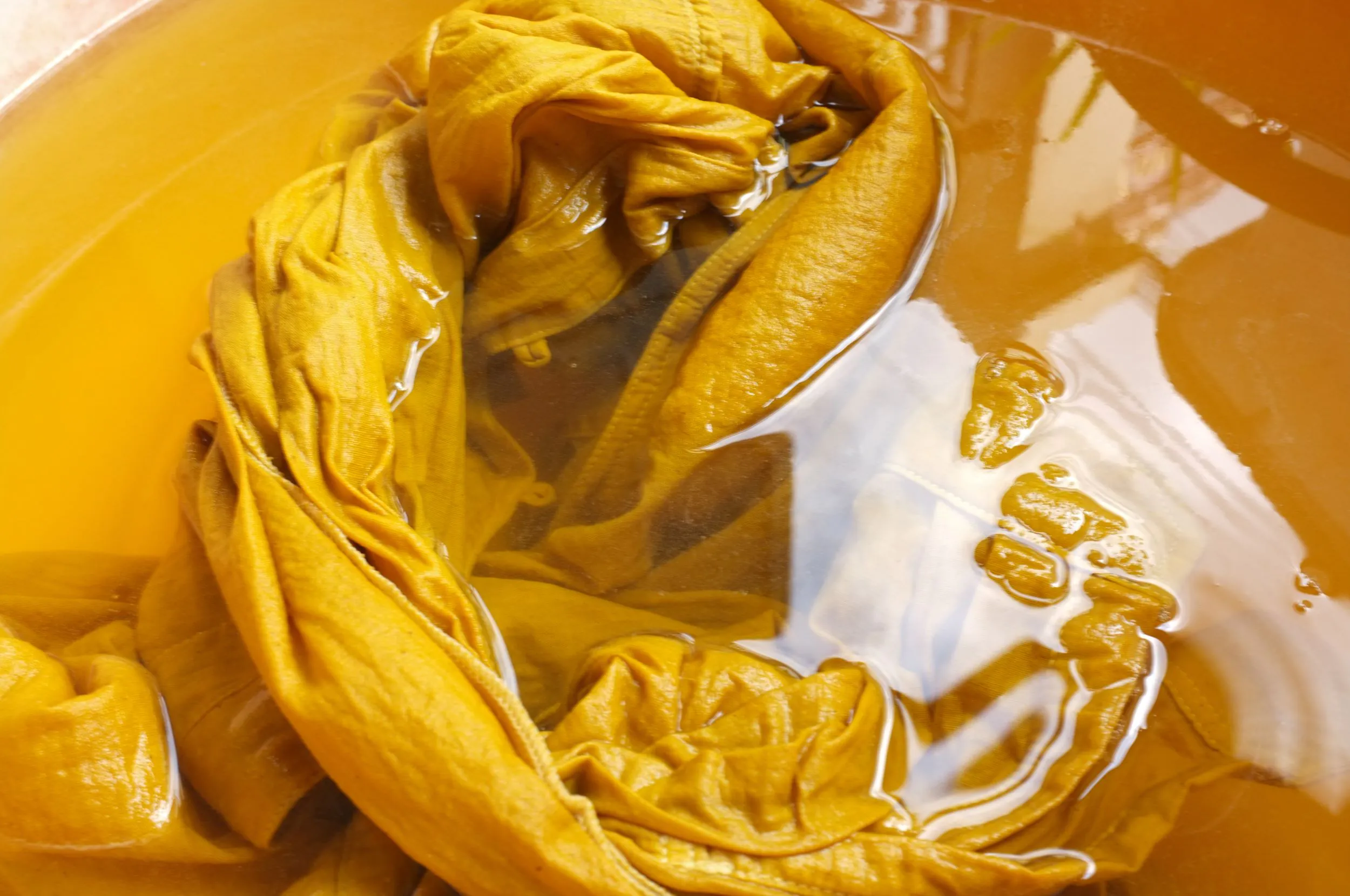Textiles are important commodities, from everyday clothes and furnishings to luxury goods of many types. The immense demand for textiles of all varieties means there is also high demand for dyes and for textile dyeing companies. However, the textile dyeing process is a water- and energy-intensive one, and it also typically produces chemical waste and emissions. With businesses across industries facing greater pressure from both governments and customers to make their processes and products more sustainable, researchers and dye manufacturers are developing ways to cut down on waste and make the dyeing process not only more sustainable but more efficient as well.
The dyeing process includes a pretreatment process, the dyeing itself, and finishing, all of which can have significant impacts on the environment. However, this also means that all three phases have the potential for significant improvement, and different researchers are developing solutions for different parts of the process.
Pollution and Waste in the Textile Dyeing Process
It is difficult to determine exactly how much water the textile dyeing process consumes, and the amount varies depending on factors such as the type of dye, the fabric, and the processes and machinery that are used. Estimates put it at anywhere from half a gallon to over a thousand gallons to dye two pounds of fabric, with total water usage by the global textile industry exceeding a trillion gallons a year.
Much of the wastewater from this process is contaminated with various chemicals used in the pretreatment, dyeing, and finishing phases, and it often does not receive proper cleaning before being returned to the environment. The vast majority of dyes currently in use are synthetic rather than natural, and the pretreatment and finishing processes also often use chemicals to achieve desired effects. Inefficient dyeing processes also mean that hundreds of thousands of tons of dyes (over $1 billion worth) end up as waste.
Fabric dyeing also requires substantial amounts of energy to for processes such as heating water and running machinery, accounting for just over half of greenhouse gases produced by the fashion supply chain. It is estimated that the textile dyeing and finishing industry is responsible for roughly 3% of all carbon emissions, and this could rise to 10% by 2050.
All of these facts have led multiple research teams and businesses to develop alternative dyes, treatments, and processes to reduce the amount of chemicals and water used and cut down on wasted resources.
Innovations in Textile Dyeing and Finishing
There are many ways to reduce the environmental impact of textile dyeing. Different pretreatment processes can make dye stick to the fabric more effectively, requiring less dye, fewer chemicals, and potentially less water use as well. Waterless dyeing can dramatically cut down on the amount of water used and therefore also reduce the amount of untreated wastewater produced. Dyes made from natural materials rather than chemicals can be better for both the environment and the health of the workers who handle them.
Some companies have begun using plasma to replace the typical chemicals used to clean the surface of textiles before dyeing, removing water from the process and reducing the amount of energy needed. Ultrasonic technology can also cut down on the amount of water and energy needed, using microscopic bubbles that burst against the fabric to apply dye. Foam dyeing works similarly, using bursting foam bubbles instead.
CO₂ is also being adopted by some companies to create a waterless, efficient dyeing method. It is pressurized to create supercritical CO₂, a liquid with very high solvent power that allows dye to dissolve easily and permeate deeply into the fabric without the addition of the chemicals that are traditionally needed for the process. There is no wastewater created and the CO₂ can be reused for future batches. Businesses like eCO2Dye and DyeCoo are currently developing this technology but it is not yet ready for commercialization.
Natural pigments are making a comeback as well. Before the mid-1800s, all dyes were made from natural materials, but today natural pigments make up only 10% of dyes used. Part of the reason for this is that synthetic dyes tend to outperform their natural counterparts in many ways, including color fastness, variety, durability, and reliability. Natural dyes also typically require mordants to bond them to the fabric, introducing chemicals to the process and preventing biodegradability. In addition, it’s more difficult to produce natural dyes at the scales needed for garment dyeing and other applications.
Manufacturers are therefore developing new types of dyes made from natural sources. Companies like Colorifix, for example, are using microbes as pigment sources that can be used to dye textiles without the need for added chemicals. Colorifix identifies the DNA responsible for various colors in nature an inserts it into microorganisms that are grown in fermenters with renewable feedstocks such as yeasts and sugars, creating a dye that is compatible with standard dye machines. These dyes also require shorter and lower-temperature dyeing processes, use less water, and don’t need a fixing step.
Another process uses streptomyces coelicolor, a microbe that changes color depending on the pH of the environment in which it grows. Textiles can be soaked in a liquid medium with the bacteria, then laundered and dried. The result is a natural dyeing process that uses less water and offers a wide variety of colors.
As for pretreatments, there are new products and processes in development here as well. Enzymatic pretreatments, for example, are on their way to replacing synthetic chemical ones. These natural treatments can perform as well as or better than their traditional counterparts, with one study finding them to improve the qualities of cotton, such as giving it better tensile strength. Cationic treatments are also an option for some fabrics, giving them a constant positive charge to improve dye uptake. However, these methods are only effective on materials with a high cellulose content.
There are many other initiatives taking place around the world to make the textile dyeing industry more sustainable and efficient. There are still some roadblocks, however: many of these processes and products are not yet commercially viable. It can be expensive and logistically challenging to scale up production to meet the needs of the global textile industry (fashion isn’t the only sector that needs dye; household and commercial furnishings and other applications rely on it as well). And since many of these innovations require new machinery in order to use, textile dyeing companies need to be willing to invest in facility upgrades. The lower operating costs that come from more efficient processes will help balance out those investments, but the initial price tag can be off-putting.
All the same, there are a growing number of partnerships between major brands and alternative dye product companies, and sustainability-minded customers will be seeking out companies that demonstrate a commitment to reducing their environmental impact.



